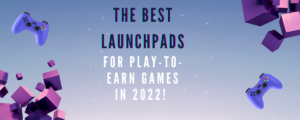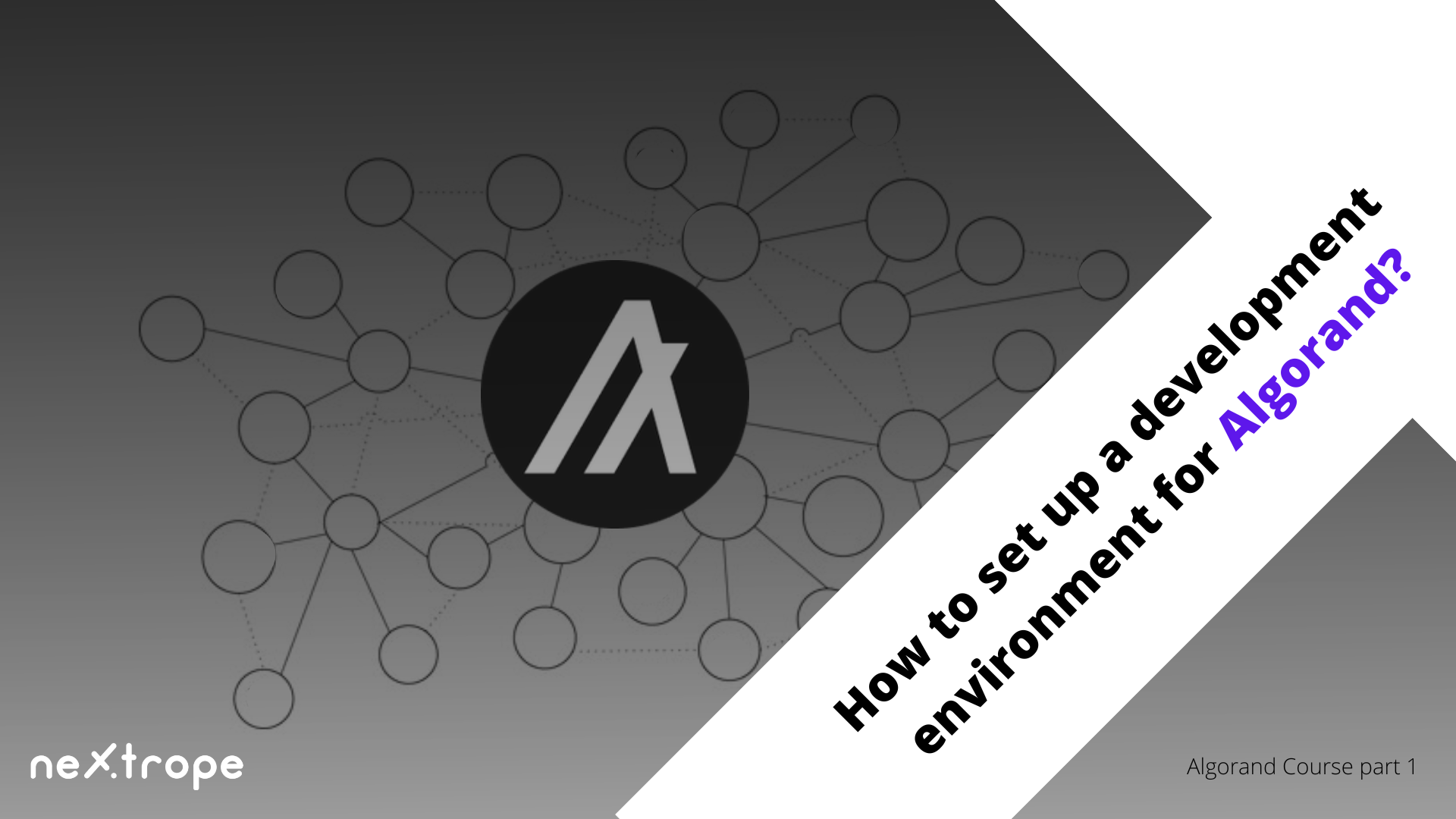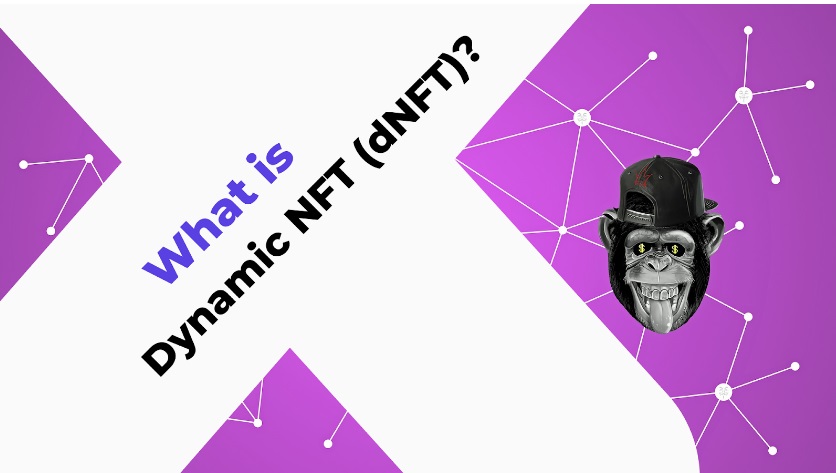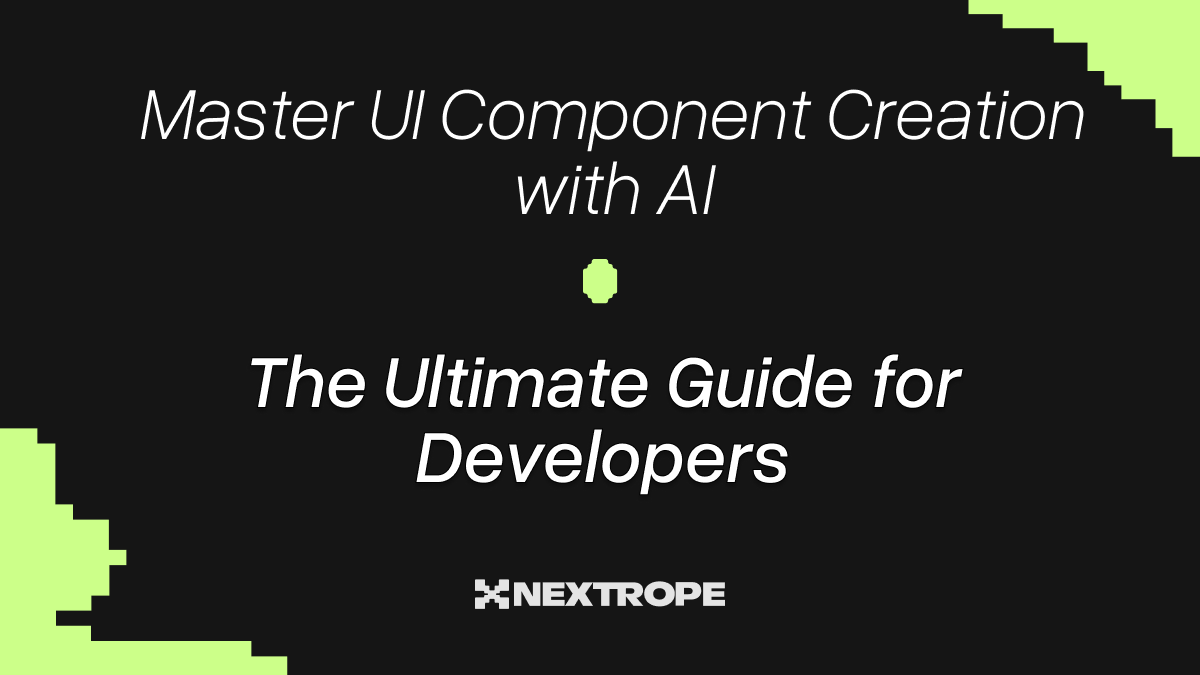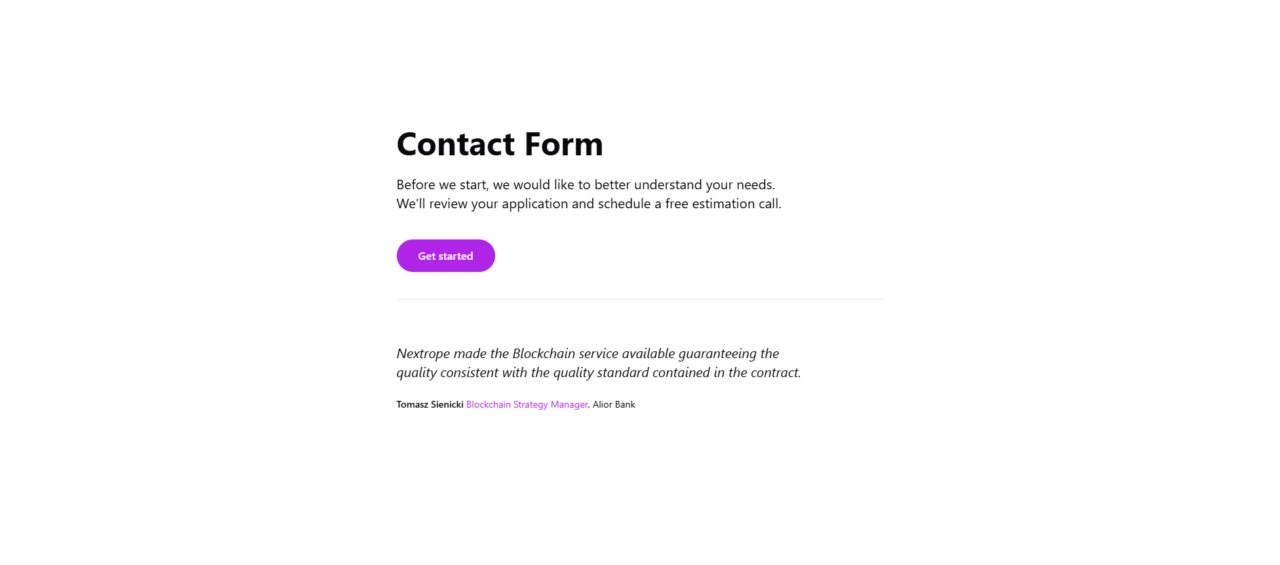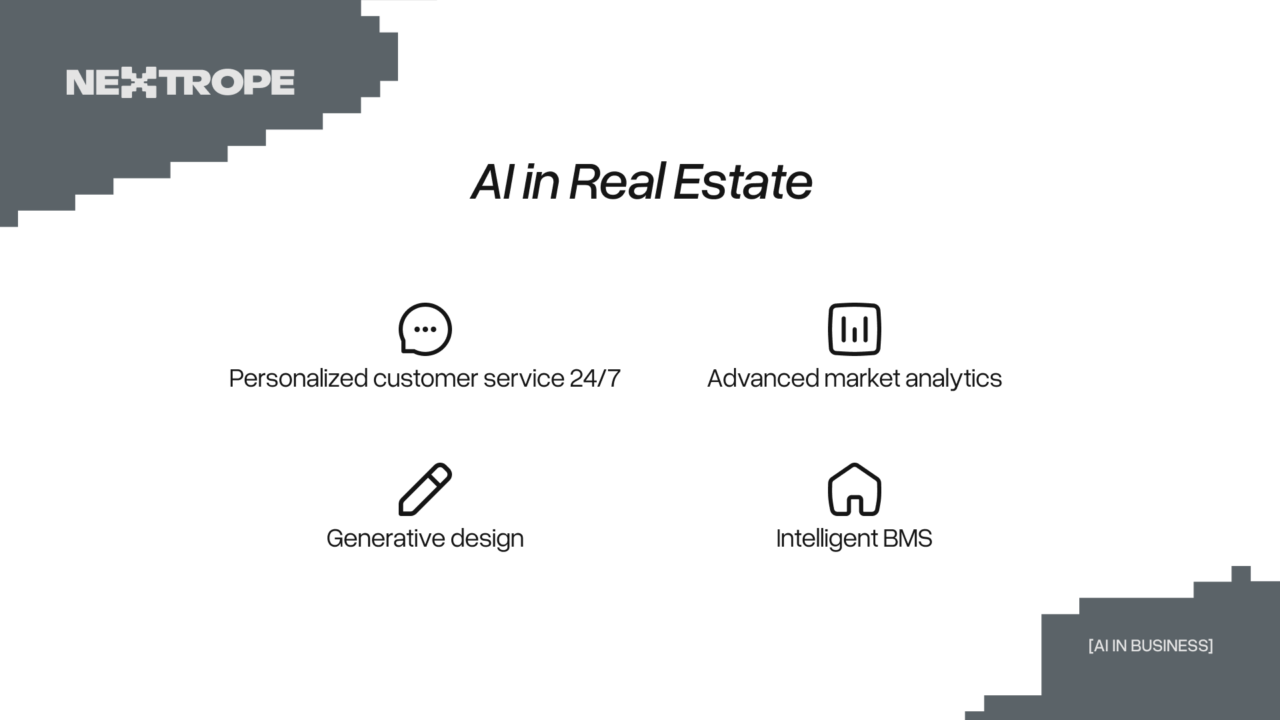Table of Contents Launchpad:
- Is gaming evolving? - Choosing the suitable launchpad
- UniX Game
- GameFi
- Seedify
- Gamestarter
- Enjin Starter
- PlayPad
- Game Zone
- Red Kite
- IDO from Red Knite - helpful information
- ROCO Finance
- Summary
Launchpad, is a decentralized exchange-based (DEX) platform that allows you to create new coins and tokens and launch a cryptocurrency project. It allows investors to invest funds in projects that have not yet come to market. Combined with Play To Earn games, which will enable you to play and earn money simultaneously, it creates a new gaming market. With tokens in games, we can exchange skins for characters, remake them, or pay for various services. Launchpad consolidates all of the above into one cohesive whole. In addition, in some cases, tokens and NFTs can be traded on decentralized NFT exchanges and markets outside the gaming environment. Which launchpads are attractive, and what do they offer? How to choose the best Launchpad for Play-To-Earn games? We write about it below!
Is gaming evolving?
More and more young, as well as more experienced people, are starting their adventure with computer games. The virtual world, metaverse, storyline, and developed characters make this market constantly growing. Interestingly - as of today, the gaming industry is worth twice as much as the music industry and is steadily increasing! Therefore, it is no surprise to anyone that gaming is of interest not only to consumers but also to IT companies that create productions. Below are the best Launchpands for Play To Earn games! Why is this crucial information? Because the gaming market has been growing by several hundred percent in 3 years!
UniX Game Launchpad
UniX Gaming is a gaming community and platform that aims to become the largest guild in the Play-to-Earn industry. The IGO Launchpad platform is currently being developed by it and can be considered the company's main project. With over 200,000 members, 20 eSports teams, and 27 million stream watchers, the community is positioned well enough to be at the forefront. UniX Gaming has so far partnered with some of the biggest names in the industry, including:
- Big Time,
- Furious Engines,
- Atlas of the Stars,
- Elumia's Legends,
- League of Monkeys.
Unix IGO Launchpad will provide community members with early access to some of the latest AAA games (e.g., God Of War, Total War Warhammer III, Elden Ring, Tom Clancys Rainbow Six Extraction) before they are released to the broader public. As a result, those involved in the project will be able to play some of the best blockchain games at discounted prices. Communities will have different degrees of access to the starter, depending on the number of UniX tokens issued. The rating system will be divided into five categories:
- Common - this level is open to anyone who puts up at least 2,000 UniX Tokens. Members of this level will be placed in a lottery to win tokens from IGO. Regular members will receive a pool weight of 30 when booking.
- Unusual - this level is open to members who have invested 5,000 tokens. Participants in this level will still take part in the token distribution drawing, but their pool weight will be increased to 65, giving them a better chance to win. These members will also receive initial access to the game's closet of lingerie and gadgets.
- Rarity - fans who wager 20,000 tokens will receive a guaranteed distribution instead of participating in the lottery. Their weight in the pot will increase to 145. They will also receive the first batch of in-game gear and items and NFT drops.
- Epic - They will need 50,000 tokens to enter Epic. As a result, the pool weight increases to a staggering 400. This is a guaranteed range, and in addition to all the rewards from the previous level, members receive early access to the game.
- Remarkable - We need to wager 100,000 tokens to reach this level, but the rewards are downright epic. These members are guaranteed to distribute more than 700 private IGOs. There's also quite a treat waiting for them, as the rank in question also provides the opportunity to chat with the game's developers. As if that wasn't enough - NFT emissions, unique equipment, and legendary in-game items are also a kind of reward associated with Remarkable.
GameFi Launchpad
GameFi is an IGO launcher that offers many services to help games succeed. It was created by a Vietnamese team responsible for the success of Red Kite Launchpad. GameFi has released 13 blockchain-based games, including Binance Smart Chain, Ethereum, Solana, and Polygon. GameFi includes programs such as Yields, Aggregator, Marketplace, and Accelerator within its ecosystem.
GameFi provides users with various mining pools with different slot values. For example, DeathRoad IGO slots are available for $100 and $40. The platform operates on a first-come, first-served basis, and the winner will receive a place in IGO.
GameFi's crowdfunding game plan includes:
- Orbitau,
- Bots that are rebellious,
- BullieVerse,
- Elumia's Legends,
- Metaverse of Gunstar,
- Online Polygonum,
- Game of the Killbox.
GameFi's native currency, GAFI, has many uses, including passive income from betting. Token holders must wager their GAFI coins to participate in IGO.
To participate in GameFi's IGO, you must first place GAFI on the company's website. This way, you can improve your level. Starting with zero-sum GAFI bets, you will enter Rookie, Elite, Pro, and Legend. Each group has its own advantages and requires higher GAFI levels and stakes. Many IGO methods are available, including community sales, real IGOs, and even private sales if the project so desires. You can also purchase so-called mystery boxes. Buying a Mystery Box allows you to make a larger donation to the IGO than you would otherwise. This will give you an NFT to play with and allow you to invest more money in in-game tokens.
Seedify Launchpad
Seedify is a Binance Smart Chain startup platform for blockchain-based games operated by GameFi IGO. A group of blockchain experts created IGO Launchpad in early 2021 and have been completing IGO ever since.
The platform's native SFUND tokens must be linked and can be used for investment projects. Like any DeFi network, we can bet SFUND on passive income through additional tokens.
We can also use it to invest in initiatives that interest us, increasing the value of our SFUND while giving purpose to our tokens.
The ROI of a token depends on the hierarchy. The more SFUND tokens we have and the more we put in as part of the pool, the higher our position will be.
Each of Seedify's nine tiers maintains a pool and requires users to deposit their SFUND, the platform's utility token.
Tiers 2 through 9 are guaranteed, while Tier 1 is entirely random. The higher level you are assigned, the more money you will invest in the project.
Before joining IGO on this platform, users must go through an identity verification process using the Know Your Customer (KYC) protocol. They must also purchase the appropriate tokens and store them in their wallets.
Crowdfunding game projects on Seedify include:
- Trade on the Internet,
- Heroes enslaved,
- MetaStrike,
- MOBLAND is a place where people live (Previously known as Syn City),
- Penguin Karts is a company that makes cards for,
- Misfits in Space,
- Supernova,
- The Relationship,
- Defishing World.
The community chooses to support projects based on management standards. Community development and marketing assistance are also part of the package.
Seedifyt is essentially a showcase for emerging cryptocurrency traders with game concepts while allowing any entrepreneur or inventor to submit their work for review by the community. If the review is positive, the project will receive funding.
Gamestarter Launchpad
Gamestarter is an IGO launchpad specializing in NFT video games. Gamestarter is considered one of the most modern Tier 2 implementations.
It is a blockchain-based crowdfunding platform designed to help unbiased developers raise funds by allowing them to pre-sell any in-game content using non-transferable tokens (NFTs).
Essentially, this means that any unusual armor, weapons, unusual cars, or even replacements for them will be certified and delivered as NFTs.
Gamestarter has completed a number of missions, many of which are in development or pre-sale.
Its crowdfunding game issues include:
- BitHotel,
- Crypto Fight Club,
- Dark Frontiers,
- Demole,
- Dynasty,
- Moo Monster,
- Nintia,
- Project Seed.
Gamestarter is powered by the GAME cryptocurrency token designed for Ethereum. Once consumers acquire GAME coins, they can purchase any NFT resource or product across the community. A critical incentive underpinning the Gamestarter is the GAME token. As the IGO approaches, an initial drawing can be held to determine who qualifies. The more GAME tokens you wager, the better your chances of reaching the limit. However, anyone who bets more than 5,000 GAME tokens will receive a guaranteed distribution, followed by the Legendary level, which provides a larger guaranteed distribution. Gamestarter is a crowdfunding platform that offers sports game developers many viable opportunities to realize their creations and raise funds. Everyone has the same opportunity to purchase their GAME tokens and invest them in cryptocurrency video games developed on the platform.
Enjin Starter
Enjin Starter is an IGO platform for blockchain and Metaverse games. Enjin's Jumpnet Blockchain was used to create it. There are no transaction fees, which is a big plus. Enjin Starter also creates non-financial low-carbon (NFT) tokens and important contracts. By promoting NFTs, sports builders rely mainly on Enjin commodities and are rewarded for their ingenuity. In addition, game developers can increase task revenues primarily based on Enjin goods by promoting NFT. It is worth noting that Enjin Starter's staff has a rich gaming history, led by the CEO and CTO of cryptocurrency and NFT video game pioneer Enjin. Enjin Starter has done crowdfunding work on games such as:
- Age of Tanks,
- Attack Wagon,
- Ecia,
- Gaia Everworld,
- Kryxivia,
- PathDAO,
- Project Defina,
- Zomfi.
Enjin is considered a developer of games equivalent to the popular Mincecraft.
PlayPad
PlayPad is an expanded IGO platform for games and digital reality programs to make money in-game. While other portals are blockchain-specific, PlayPad can support any company using Ethereum EVM and does so independently. This IGO launchpad supports Polygon, Ethereum, and BSC networks.
PlayPad is very different from other IGO launchpads; it helps with VR video games and NFT-based tasks. The platform can be used to fund and support video metagames developed for VR headsets such as Meta Quest 2 and HTC Vive Pro 2.
Independent sports developers have the opportunity to promote in-game items as NFT. This gives project owners new opportunities to increase capital.
PlayPad and its works:
- SolChicks,
- Altava,
- MechaChain,
- Toyo,
- Nomad Exiles,
- Cheers,
- Defly,
- AGV.
The platform uses a level design to make IGO courses more accessible and fair. We can also place a PPAD platform token in a staking pool supported by PlayPad.
Game Zone
Players can enjoy NFT Play-to-Earn games developed on all significant blockchains, including Polygon, Binance Smart Chain, Solana, and Ethereum, from one place.
Investors can participate in complex hierarchies on the site. By placing a GZONE (Game Zone Token), users can gain access to new winning games, sweepstakes, beta versions, and NFT screenshots.
As more GZONEs are placed, the weight of the pool increases, and we gain access to more early access features and events.
GameZone's tier-based distribution process allows everyone to play the most sought-after blockchain-based games. Better distributions benefit from higher levels, including more and less NFT, more tokens, or a better NFT-to-token ratio.
Through the GameZone Grant Program, high-potential game companies can access funding and leverage BlueZilla's extensive network and resources, including legal, marketing, technical, and consulting services.
Game Zone crowdfunding game plans include:
- Dotpad,
- Fantastic NFTs,
- World of Pax Pax Pax Pax Pa,
- Revomon,
- Verve.
Red Kite
Red Kite is one of the leading platforms for launching blockchain projects. These platforms are usually referred to as launchpads.
In short, it's a platform for raising funds for an early-stage cryptocurrency project from retail investors rather than funds. Investors get faster access to innovative product features as a reward for participating in an early-stage project launch.
Red Kite is one of the most productive and active launchpads, with projects such as Tribe, Bunicorn, and Step Hero launching on the platform.
IDO on Red Knite - helpful information
To participate in IDO on Red Kite, we need to have a certain amount of PKF tokens in our cryptocurrency wallet.
Holders of such coins must place their PKF tokens in a pool of shares to qualify for IDO. The platform uses a tiered allocation system depending on the number of PKF tokens we allocate to participate in a given IDO.
The more of them we allocate, the higher our position, and thus the better our chances of being allowed.
There are two ways to get tokens for projects entering the IDO:
Lottery. Users receive tokens after the lottery,
Guaranteed token distribution. User accounts must have at least 40,000 PKF to ensure coin issuance.
The distribution of tokens is as follows:
500 PKF - Lottery,
5000 PKF - Lottery,
40000 PKF - Guaranteed token allocation,
80000 PKF - Guaranteed allocation of tokens.
Currently, the price per PKF token is £0.7673, so it is worth remembering that you need to spend about £30,400 to get a guaranteed token distribution.
ROCO Finance
ROCO Finance is a fully decentralized GameFi platform that connects content creators, game developers, and gamers with blockchain services. Their main goal is to help developers successfully list and launch their games and cryptocurrency coins.
They offer a flagship game called Rise Online, based on the Avalanche blockchain and gives us access to game development tools and applications. It's a popular cryptocurrency platform that has generated much interest in the ROCO Finance launchpad.
The game has also attracted the attention of prominent investors such as Huobi Capital and Alameda Research. It is worth mentioning that ROCO Finance lowers entry barriers for players while combining blockchain technology infrastructure with gaming solutions.
Performing multiple tasks will allow you to participate in any IGO:
Authenticate yourself using "Know Your Customer" (KYC) protocols,
Then place your ROCO tokens in the IGO pool to participate,
You must also vote to participate in the upcoming IGO ROCO for community-funded game projects, including such as:
- Rise Online,
- Xerians,
- Dogeon,
- Akitavax,
- Islander,
- Crabada,
- Heroes of NFT,
- Tale Craft,
- Kaira.
ROCO also provides NFT services to game developers and the gaming community, including management, distribution and exchange of virtual items.
Players can convert game profits into real money or exchange cash for in-game currency, allowing them to add funds to their digital wallets as they play. While playing, players can also trade in the real world.
DAO Maker
DAO Maker is a detail-focused startup funding platform. It enables many retail investors and individuals to participate in venture capital.
DAO Pad is the company's flagship product, a multi-investment platform that allows DAO coin holders to participate in early token sales for new projects.
In addition to the well-known DAO Pad product, DAO Maker offers several additional services for growing blockchain-based ventures. These include incubation services, operational and consulting services, and social mining as one of the company's established products.
DAO Maker has crowdfunded game projects, including:
- Dragon SB,
- Infinity Skies,
- KingdomX,
- Meta Gaming Guild,
- MetaGods,
- Spellfire,
- Street Runner.
To participate in the DAO Maker launchpad, users must have "DAO Power" privileges.
Interested parties can either place a DAO token and exchange it for DAO Power at a ratio of 1:1 or provide liquidity to a DAO pair and exchange LP tokens for DAO Power at a ratio of 1:1.5. After locking DAO for 5 days, users can collect.
DAO Power.
The more DAO resources we have, our position will be more profitable. Those with more DAO power will have a real chance to win whitelisting, as the number of holders for each segment will decrease over time.
DAO Maker provides a powerful flagship service that facilitates dynamic token issuance and various positive incentives, such as social mining to generate reward opportunities and its own native DAO token that allows holders to participate in token sale events.
Summary
The gaming market is growing steadily. Currently, gaming industry revenues are more significant than cinema or music revenues. According to PWC reports, it is estimated that gaming globally will be worth more than $321 billion by 2026 ("Global Entertainment and Media Outlook 2022-26"). If you are also interested in this market, you will undoubtedly find the list of Launchpads above helpful.
 en
en  pl
pl 
